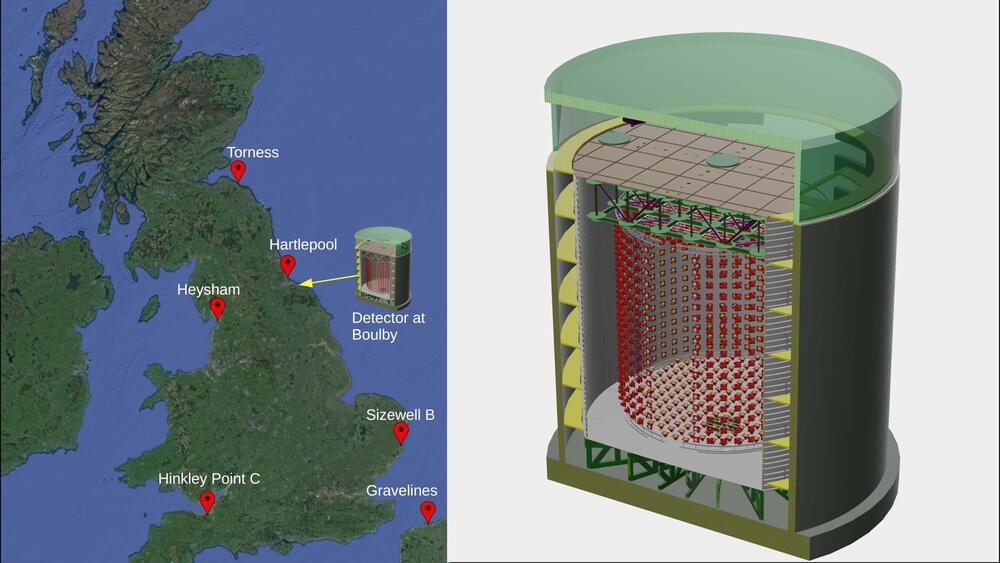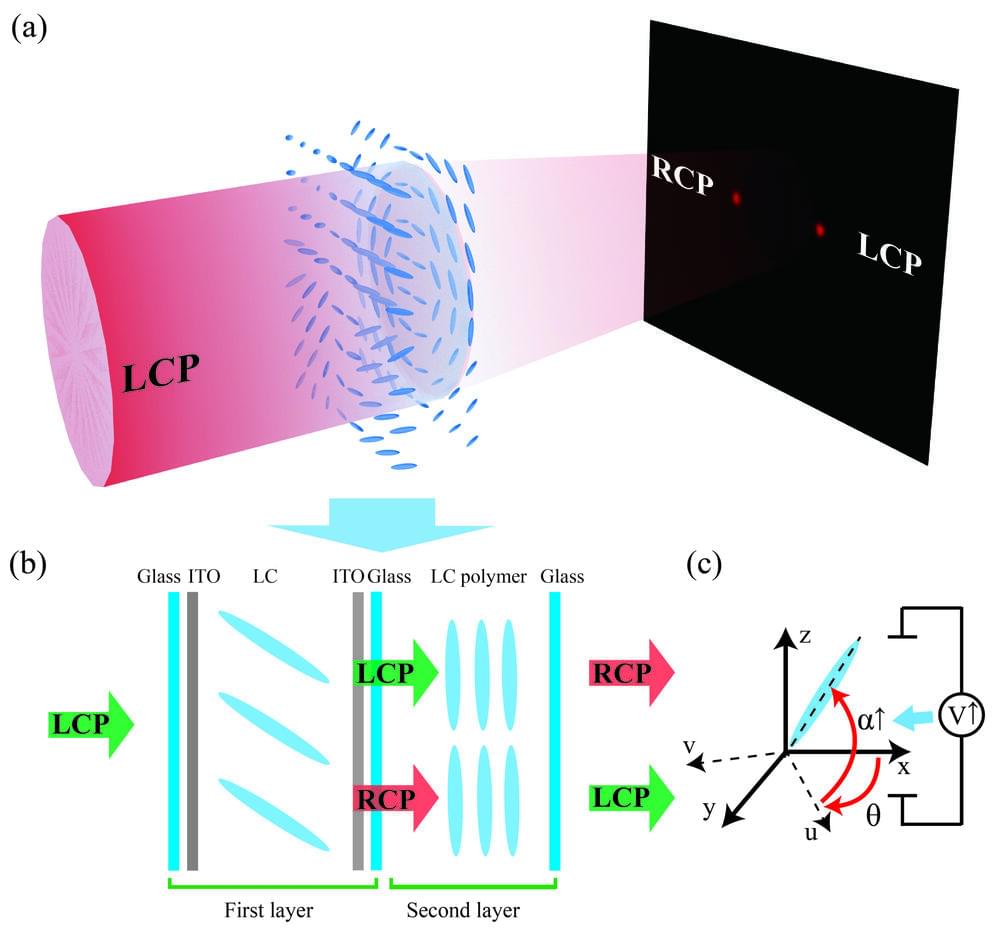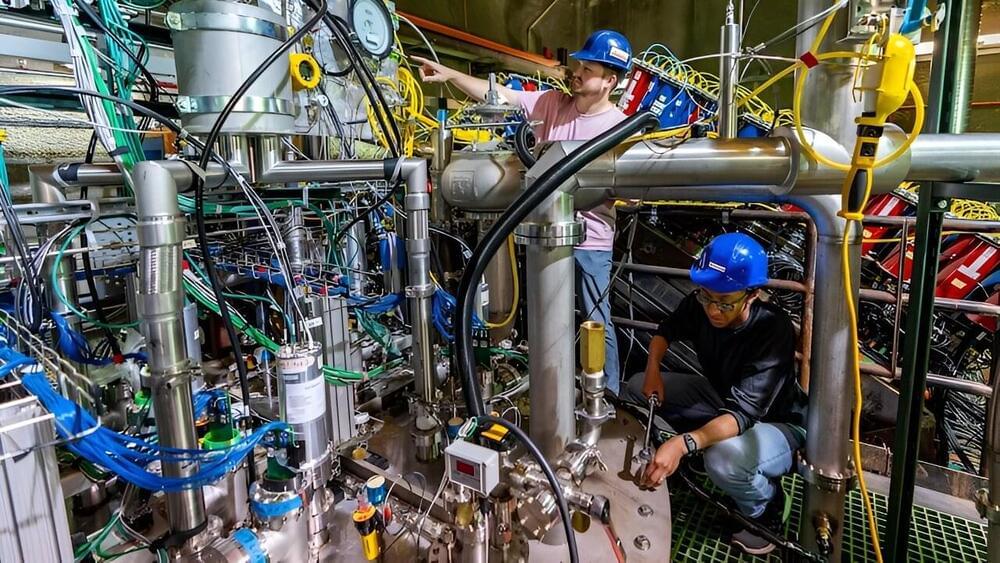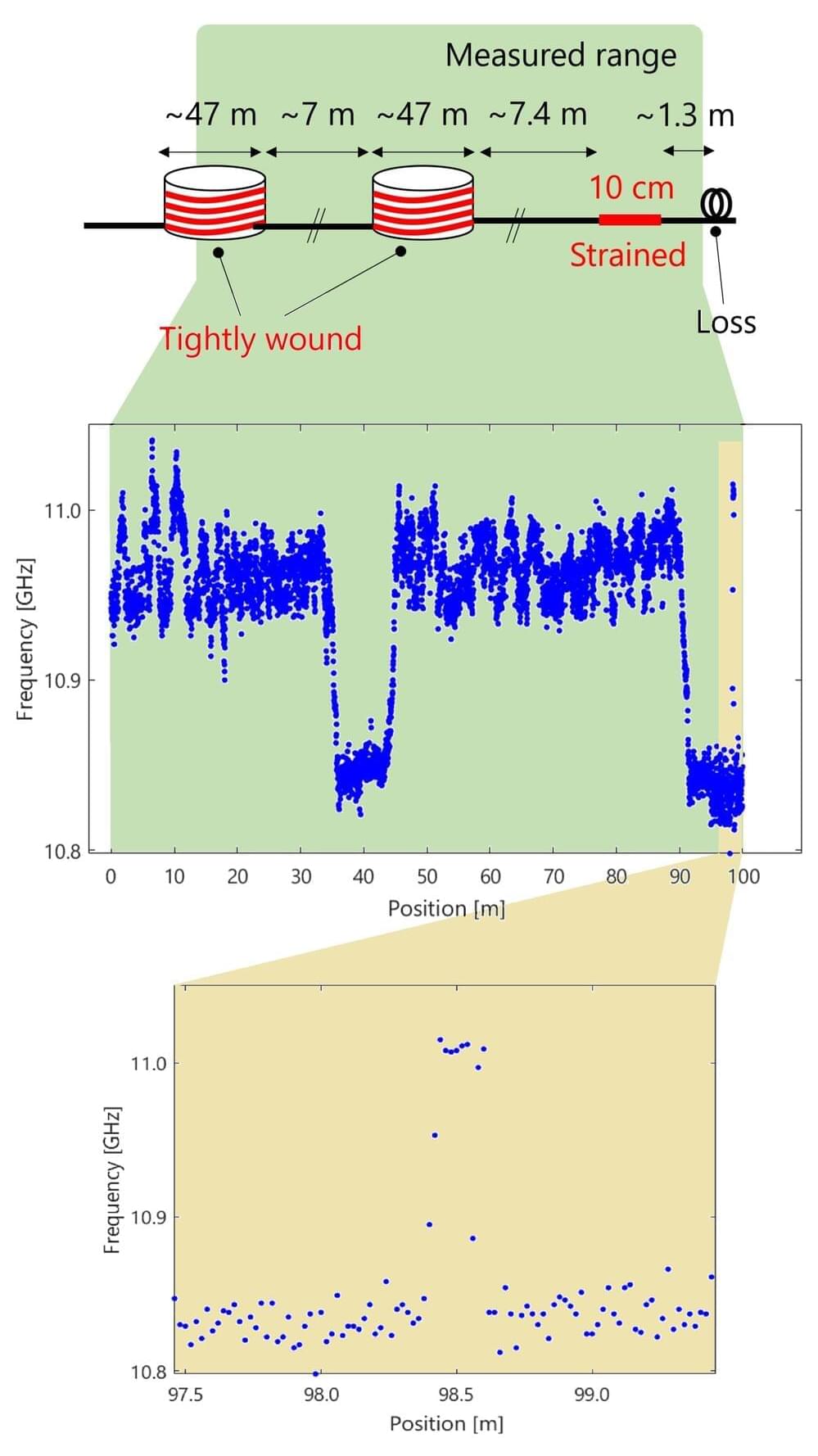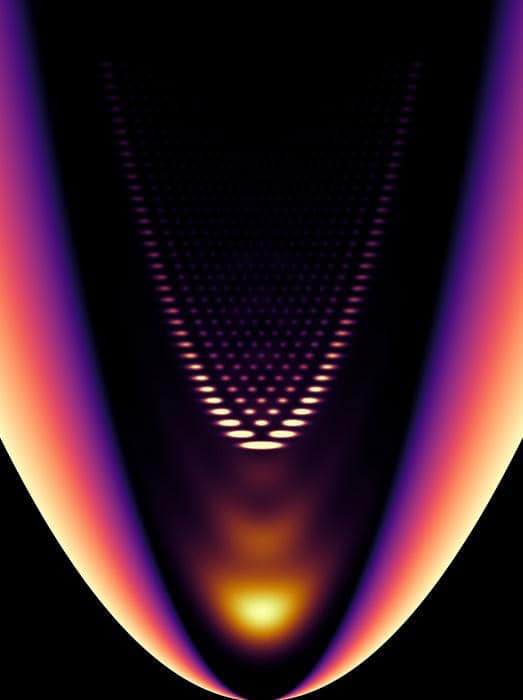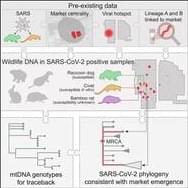Oct 2, 2024
Using antimatter to detect nuclear radiation: Byproducts of fission reactors provide insight into nuclear reactor use
Posted by Saúl Morales Rodriguéz in categories: nuclear energy, particle physics, space
The group’s detector design exploits Cherenkov radiation, a phenomenon in which radiation is emitted when charged particles moving faster than light pass through a particular medium, akin to sonic booms when crossing the sound barrier. This is also responsible for nuclear reactors’ eerie blue glow and has been used to detect neutrinos in astrophysics laboratories.
The researchers proposed to assemble their device in northeast England and detect antineutrinos from reactors from all over the U.K. as well as in northern France.
One issue, however, is that antineutrinos from the upper atmosphere and space can muddle the signal, especially as very distant reactors yield exceedingly small signals—sometimes on the order of a single antineutrino per day.
